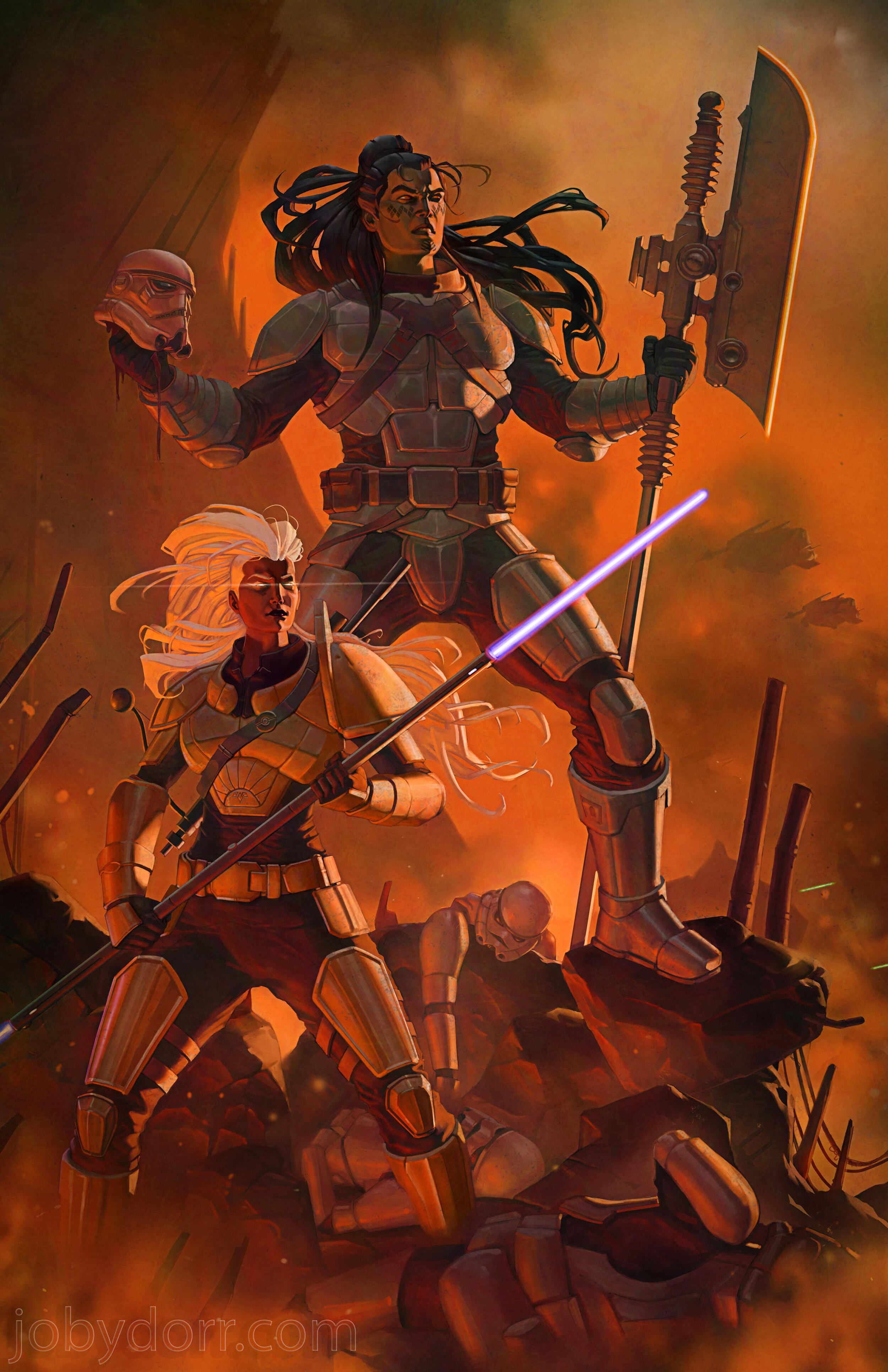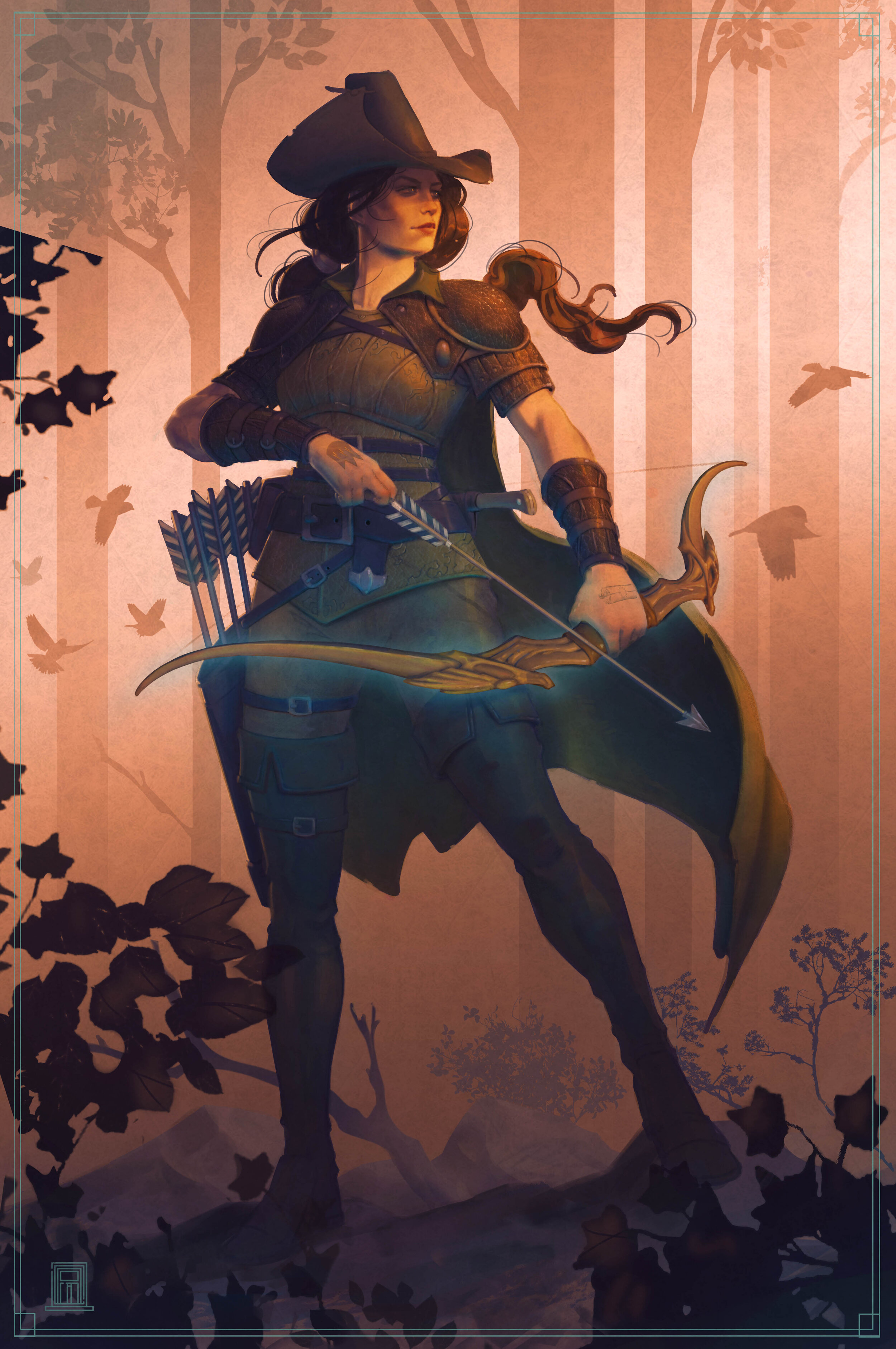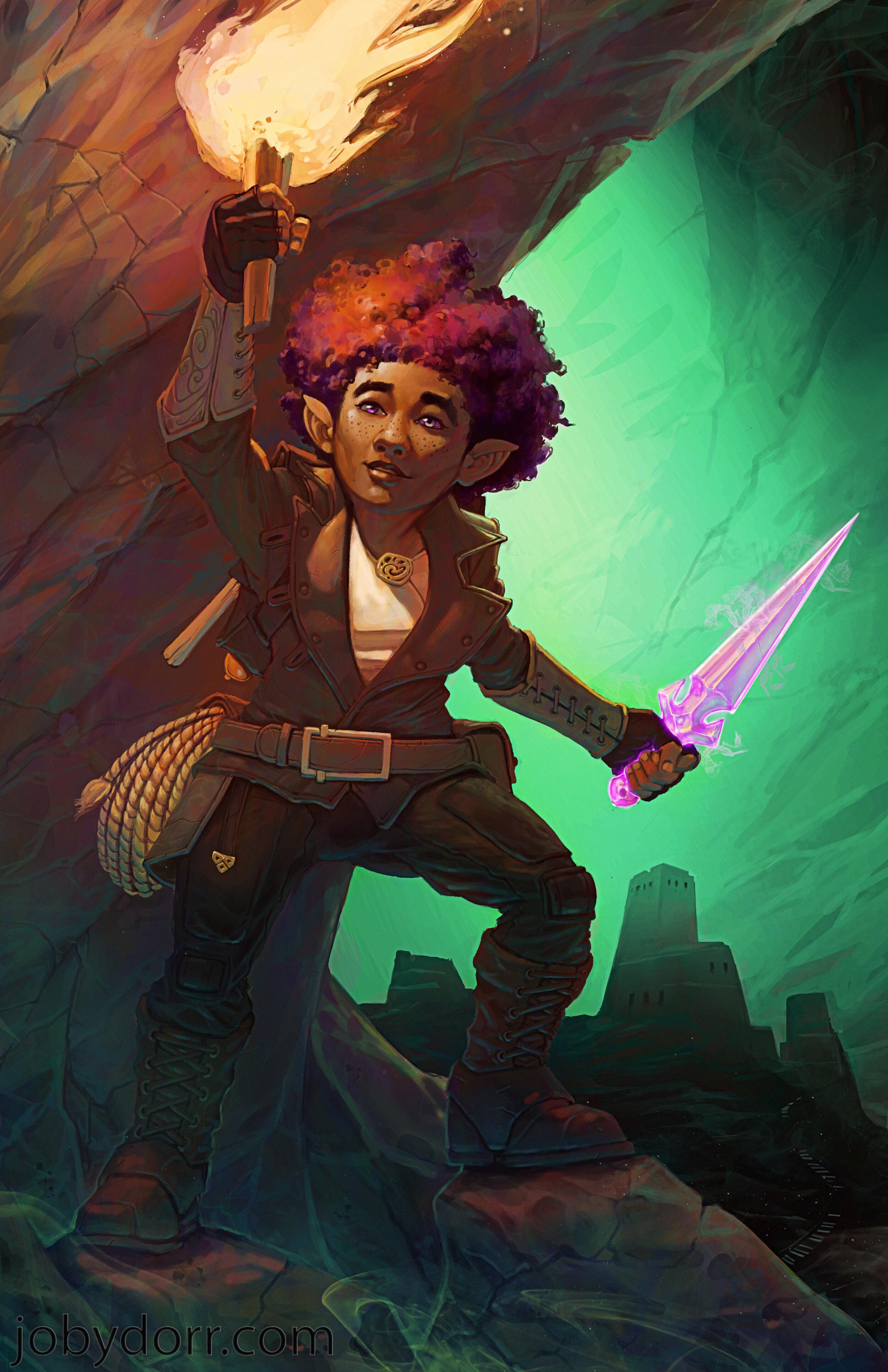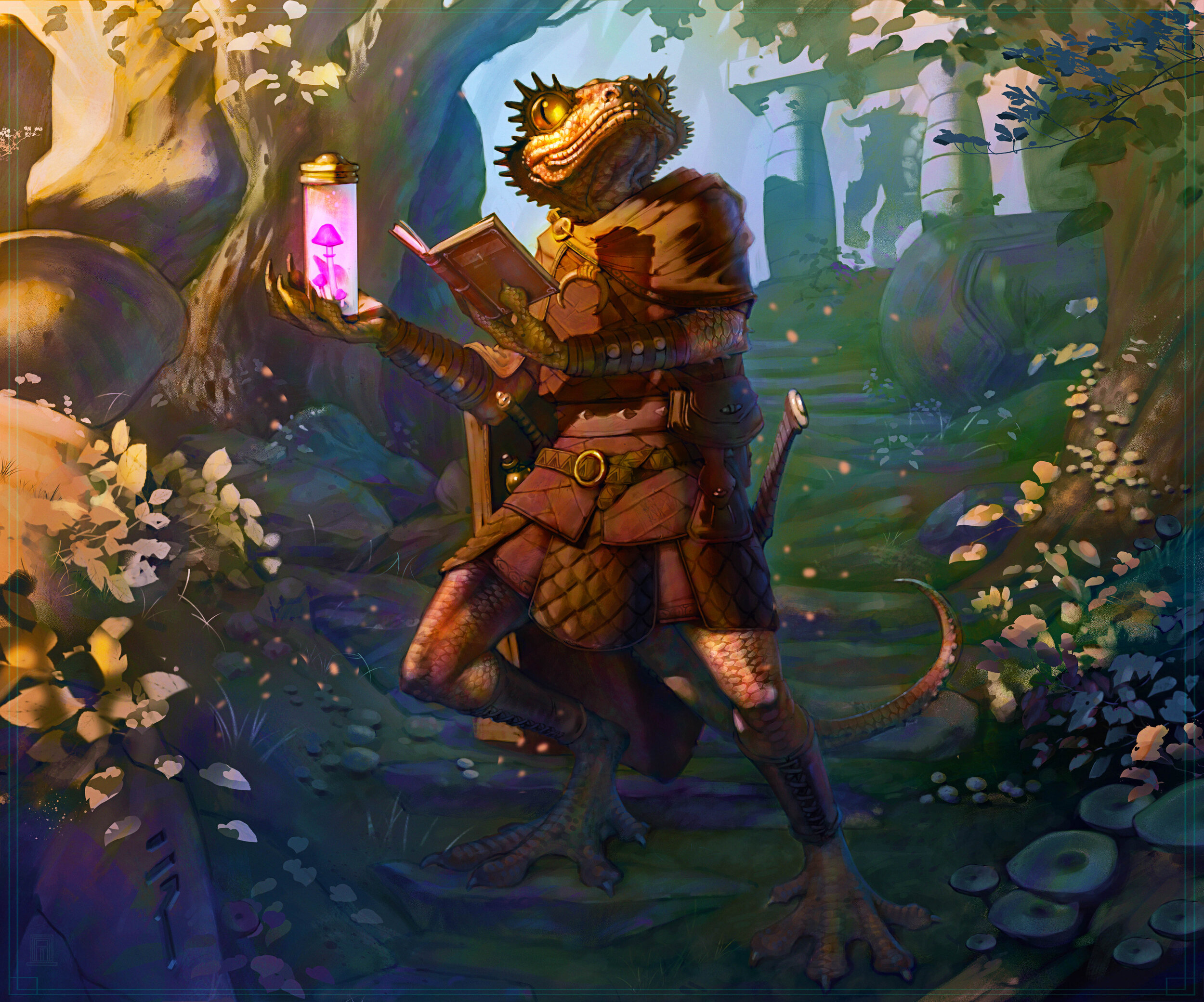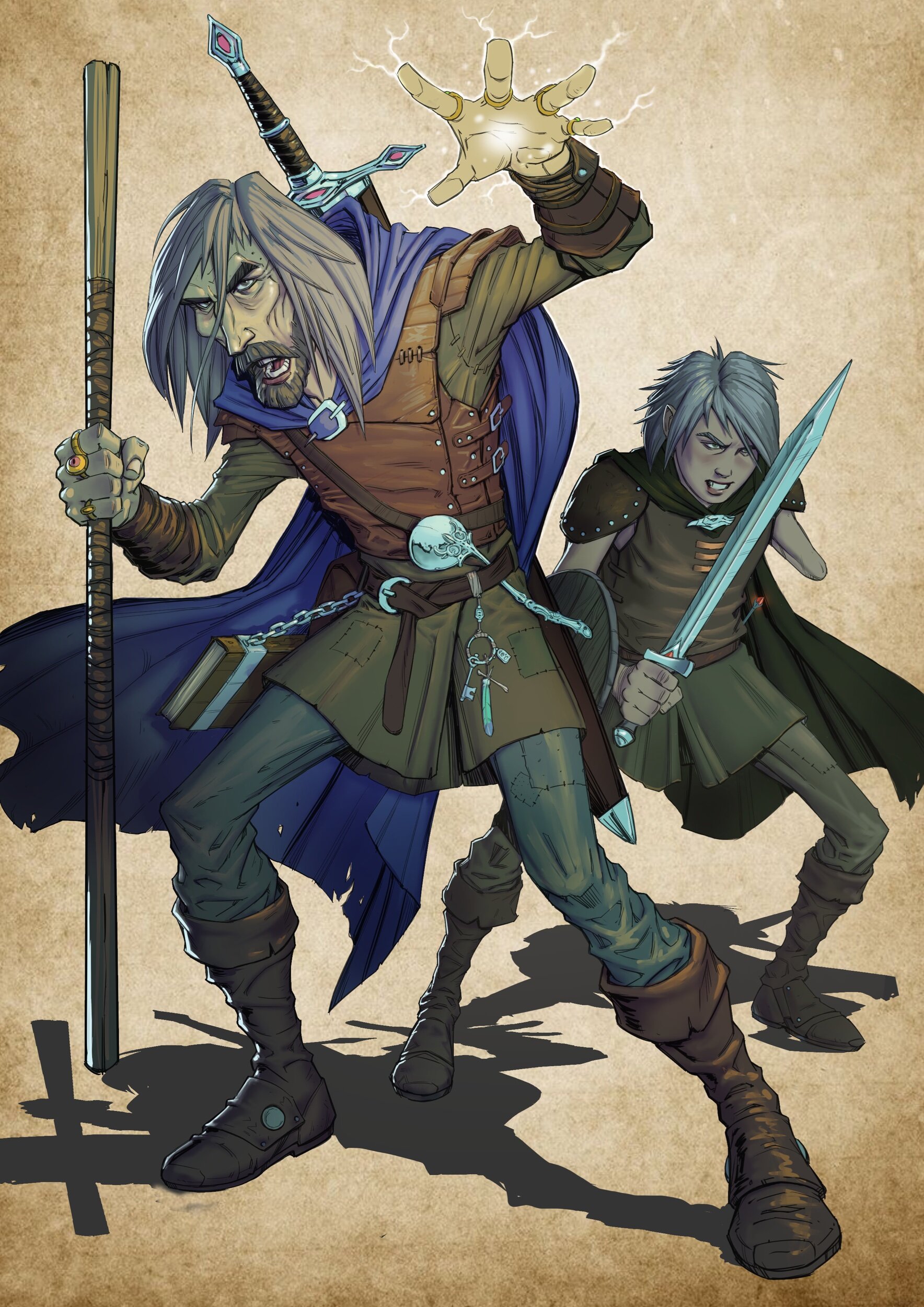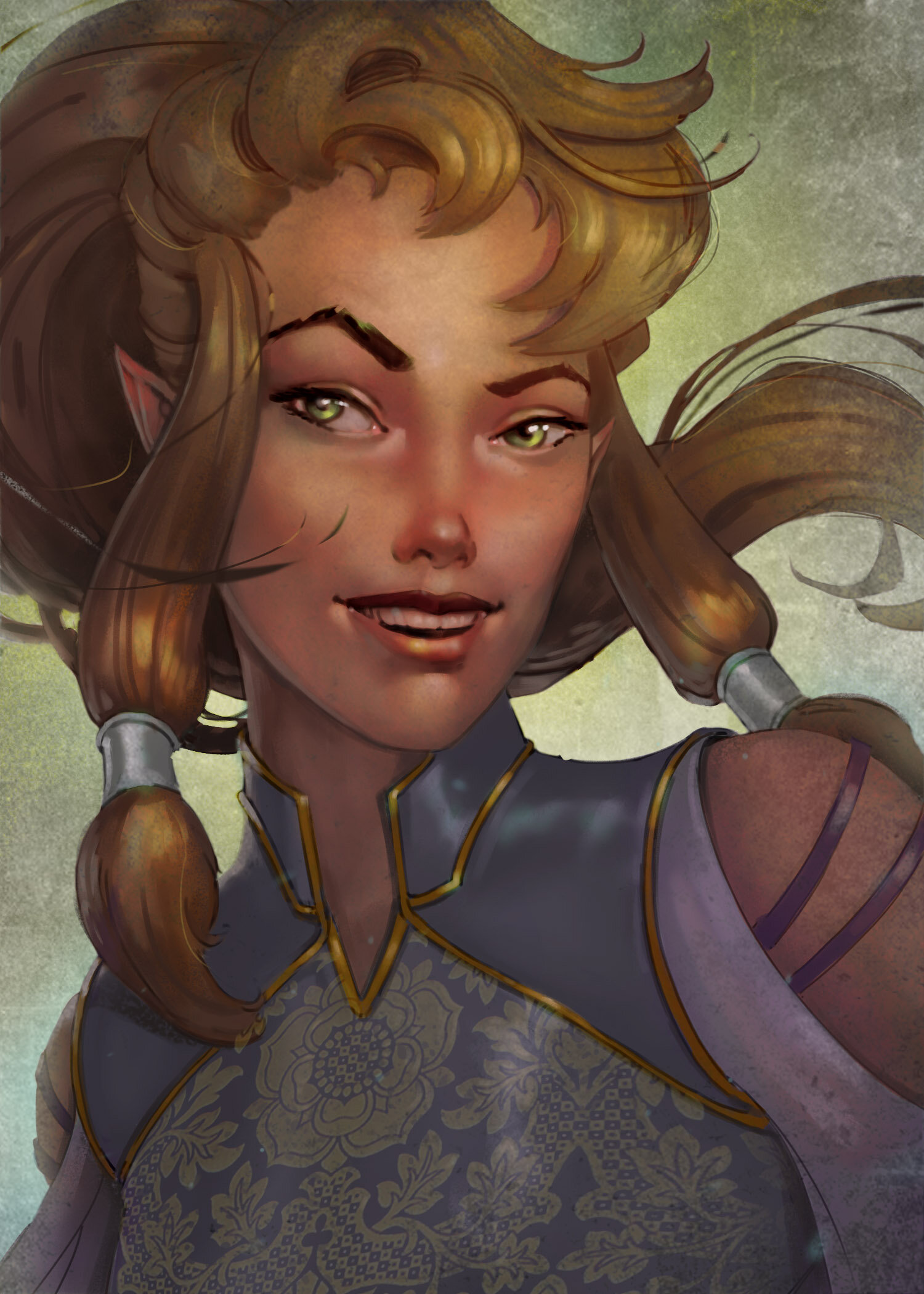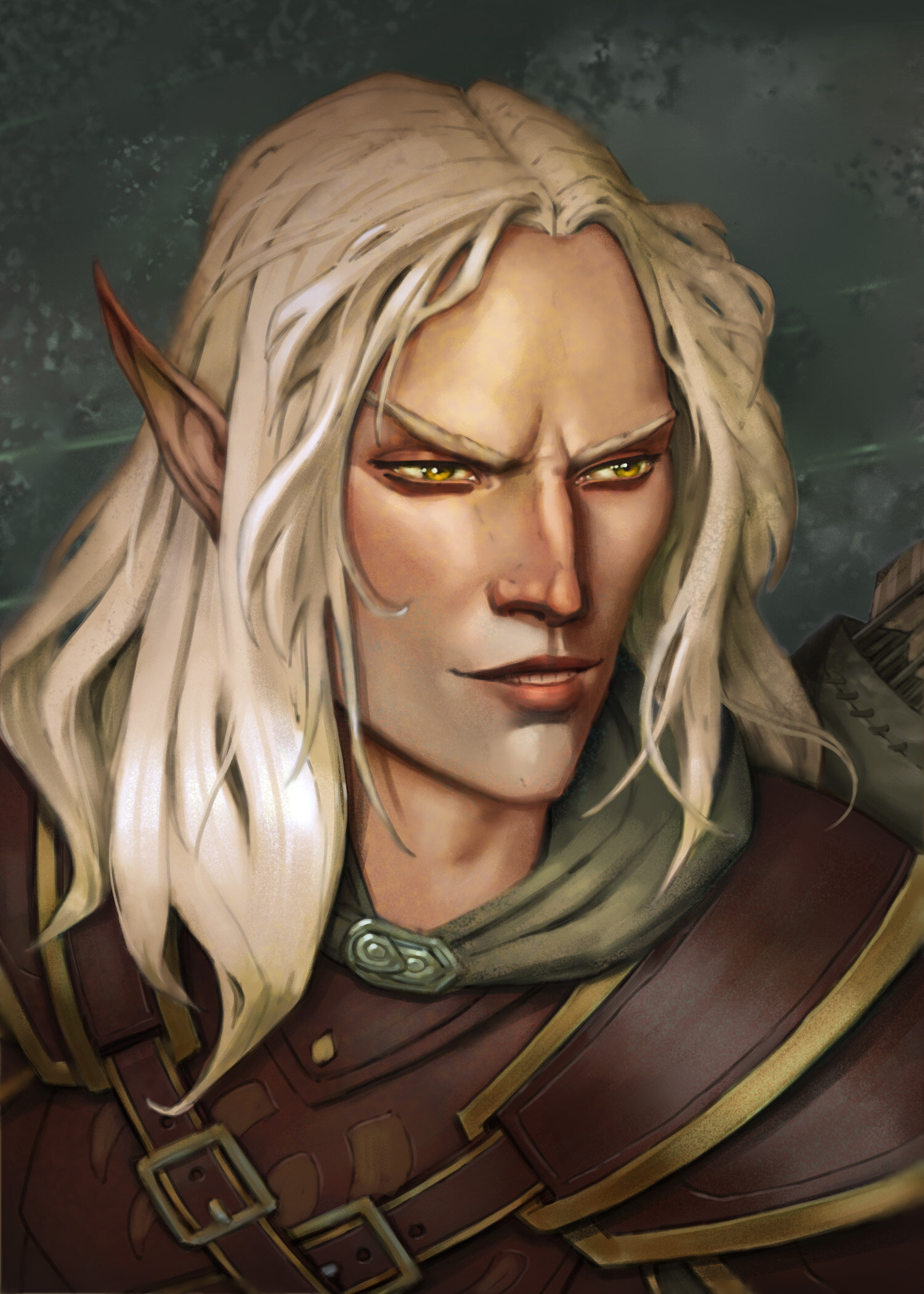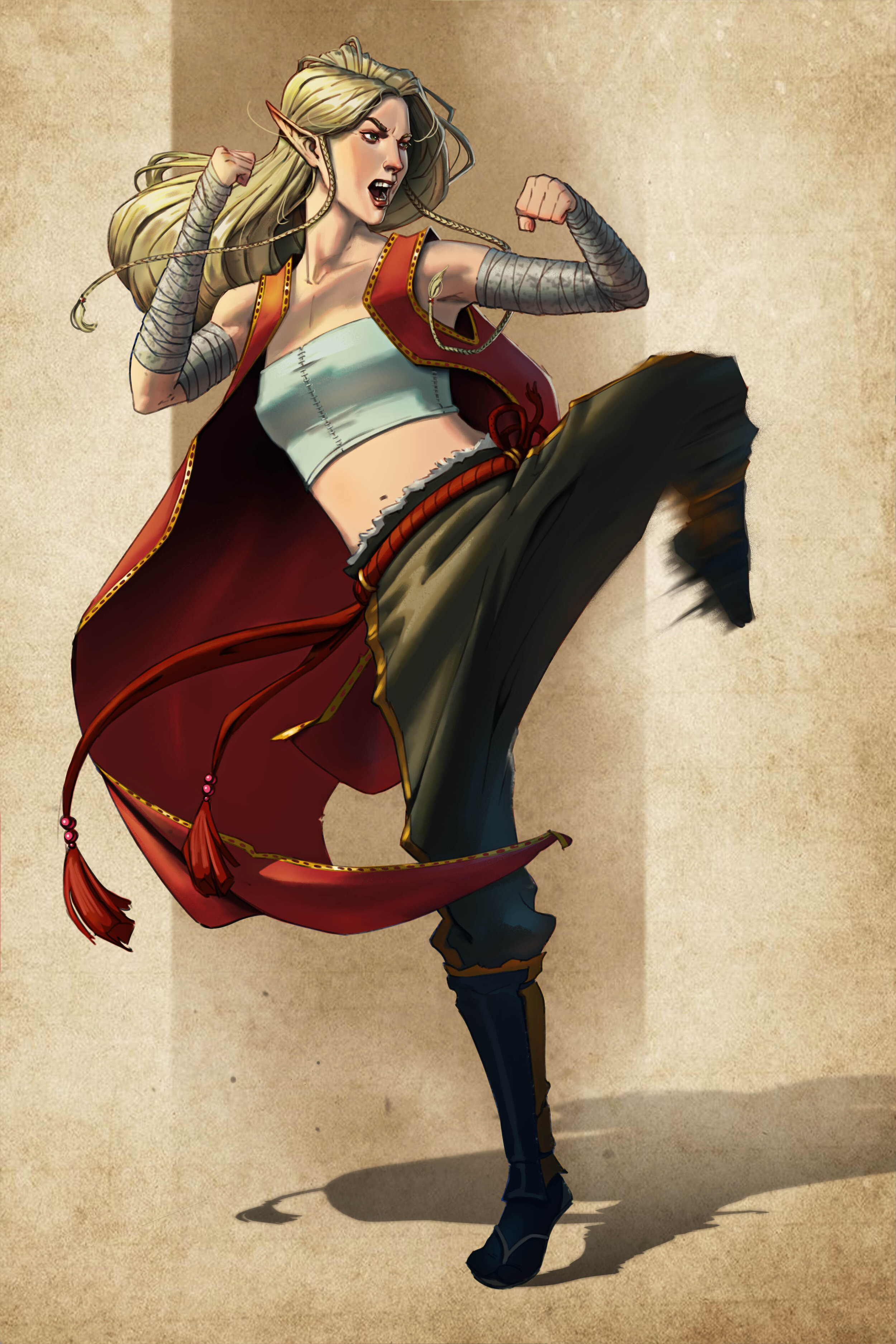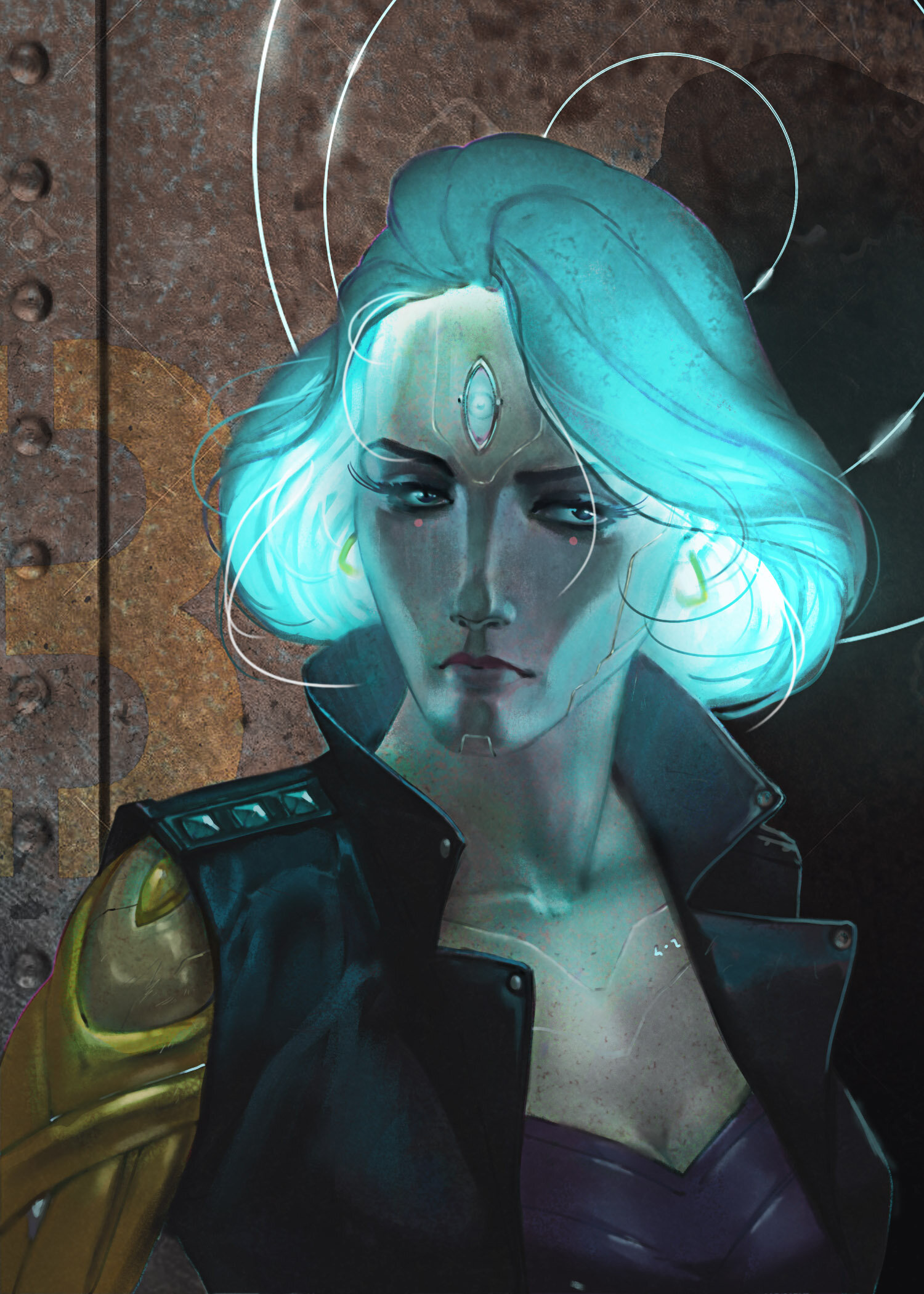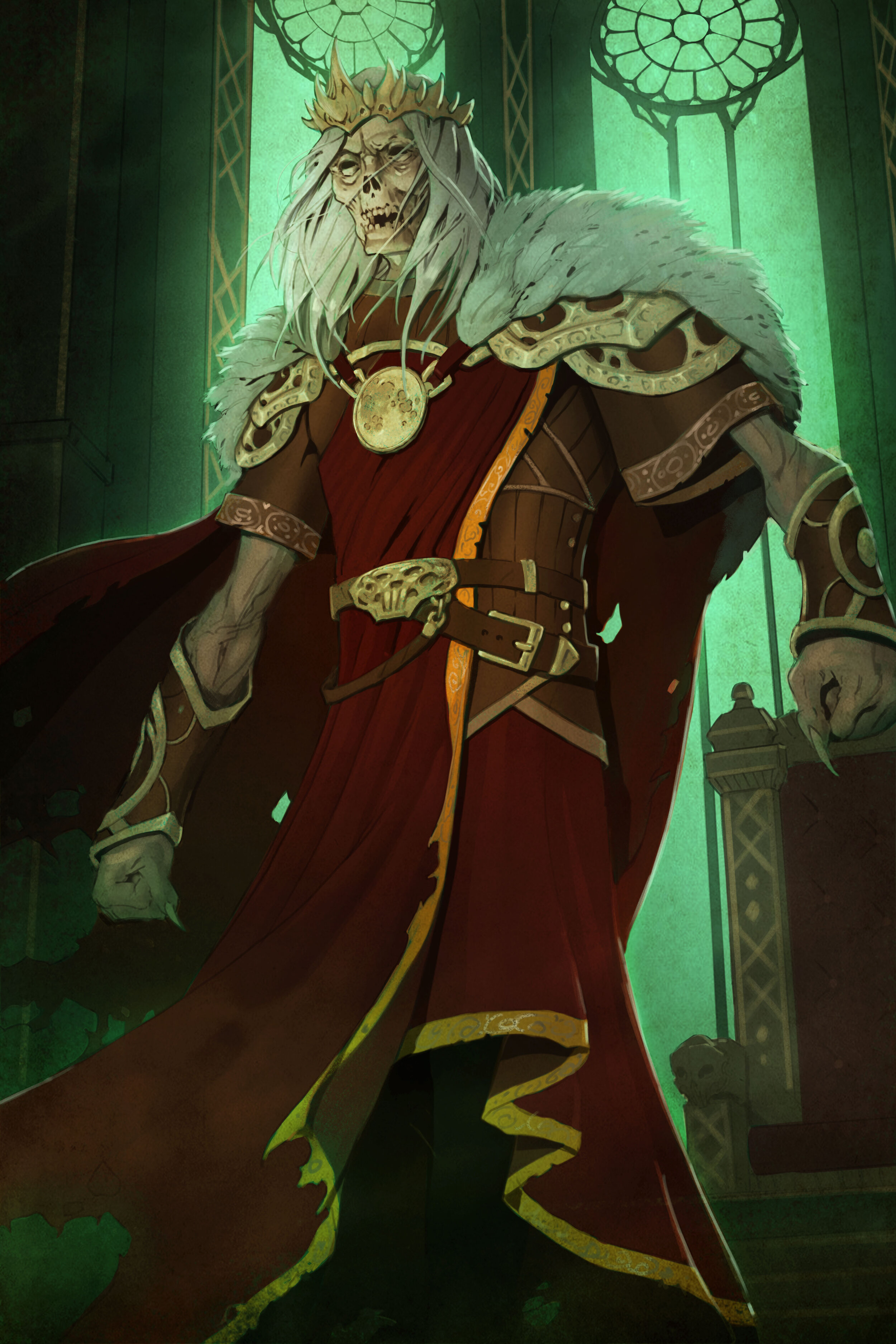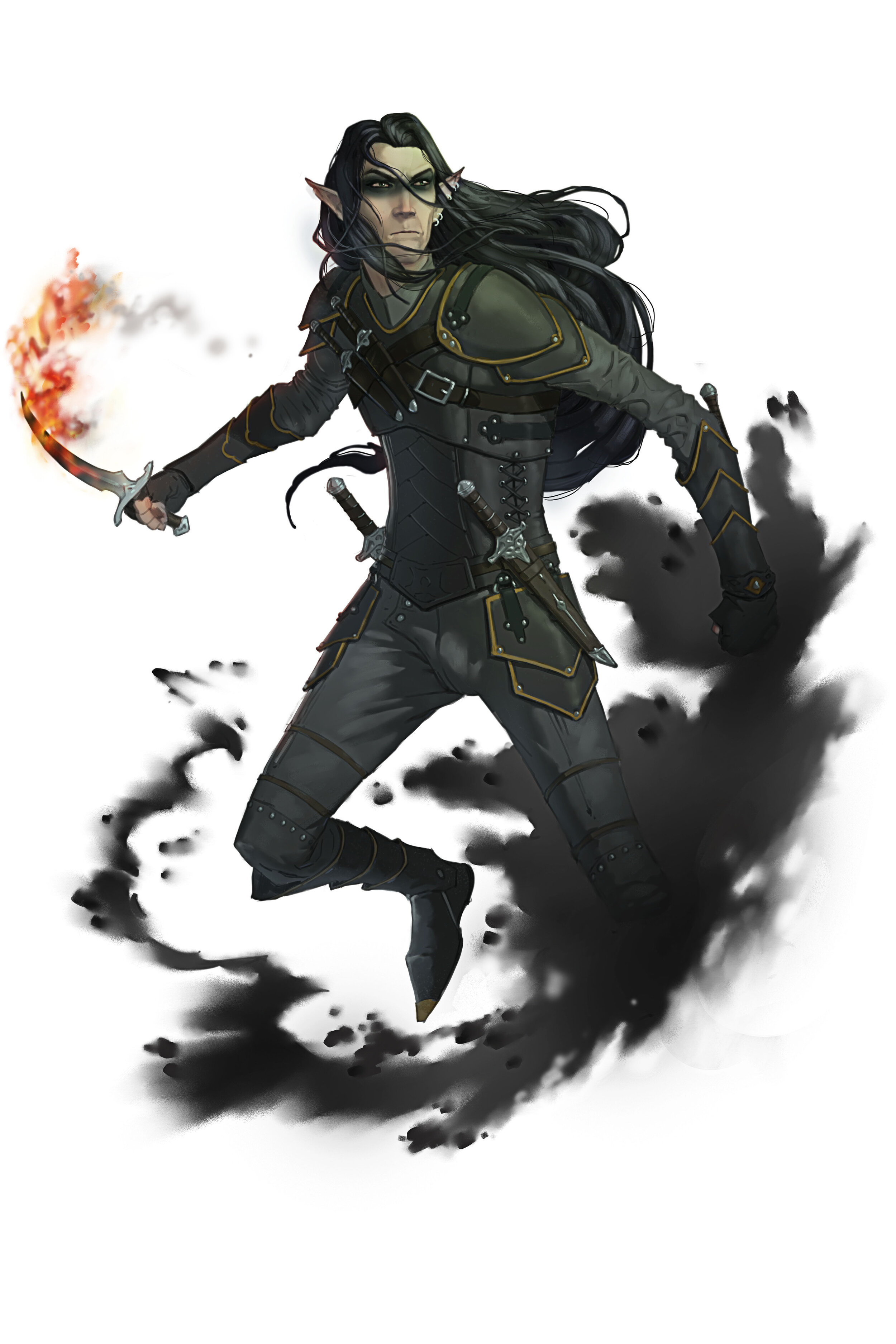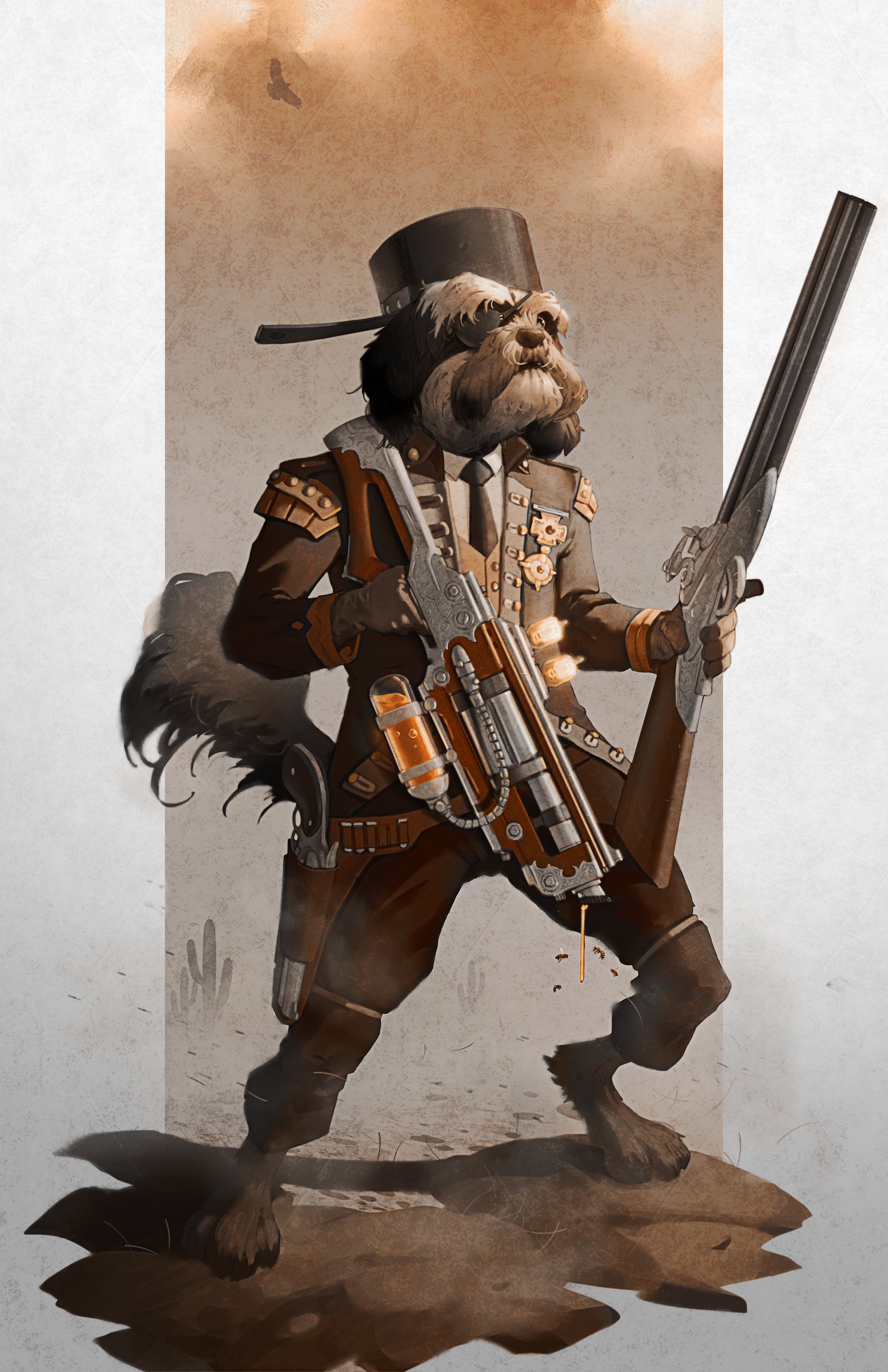Should I Learn to Draw on a Tablet? (A Beginners Guide)
/You may be tempted by the streamlined, clutter free appeal of digital art or the versatility of digital tools that allows you to create a wider range of artistic styles effects. Not only does digital art save time and reduce clutter, but it also boosts creativity with features like undo and redo options, infinite color palettes, and the ability to experiment with layering and textures so you may be asking: "Should I learn to draw on a tablet?"
You should learn to draw on a tablet if you want to pursue a hobby or career in digital art. As a general rule, practicing drawing using a tablet can better your art style and thus improve your digital artwork. Additionally, learning to draw on a tablet is more beginner-friendly in some ways.
Discover the basics of drawing on a tablet with our beginner's guide, including tips on creating digital artwork and improving your skills. Learn about the nuances of using graphics and screen tablets and find our top pick for beginners.
Learning to Draw on a Tablet for Beginners
Unlike traditional art, drawing on a tablet can come with a learning curve because of its integration with technology. In this section, we will break down the technical aspects of learning to draw on your tablet so you can begin doing so with ease.
Here are some steps for beginners on learning to draw on a tablet:
Connect Your Tablet to Your Computer: If you have a graphics tablet, you will need to connect it to your laptop or desktop computer before using it. Simply install your tablet drivers and plug it into one of your computer's USB ports.
Set up Shortcuts: Generally, stylus pens have one or more buttons you can press to complete an action or actions. You can change the shortcuts to something useful, like Undo, Change Brush, or Toggle Zoom.
Understand Tablet Features: With graphics tablets, you can set up function keys to draw with one hand and toggle functions with the other. Some tablets also have an on-screen controls feature, which is a radial menu for selecting functions.
Now that you know how to use your tablet to draw, let's move on to how long it takes to learn to draw on a tablet.
How Long Does It Take to Learn to Draw on a Tablet?
Some of us who are beginning our digital media journey might already have some creative concepts for digital art in our heads and are eager to begin sketching away. Luckily enough, it may not take very long for you to learn how to use your tablet for drawing.
It generally can take anywhere from a few minutes up to three days to begin feeling comfortable on a tablet.
Of course, the time it takes for you to adjust to using your tablet over traditional media is affected by the type of tablet you own, how complex its system and features are, and how tech-savvy you are. Digital art and tablets are just like any other art medium and tools; it will take some time to get comfortable using them and everyone proceeds at their own pace. Luckily the digital tools are built to be fast and intuitive.
How Hard Is It to Draw Digitally?
For those of us who aren't quick to click with learning technology, we might not want to spend a lot of money on a tablet if it's too hard for us to draw digitally. So, how hard is it to draw digitally?
Factors like drawing in two areas at once with a lack of hand-eye coordination and having a slick screen rather than the texture of paper making your stylus slip might make drawing digitally hard for some people.
Despite there being a bit of a learning curve for getting used to drawing on a tablet, many factors actually make it easier to create art:
Art media will never run out (brushes, paints, etc.).
You can undo mistakes without making eraser marks.
You can color match without needing to mix more paint.
Quick fill makes creating art take less time.
Exploring Graphics Tablets and Screen Tablets for Digital Art
If you are thinking about going digital with your art, you might be wondering which kind of tablet will be the best to go with: graphics tablets or screen tablets? According to TabletFeast, the global pen tablet market is expected to achieve a market size of 803.9 million by 2027. So, it is obviously a huge market with a vast array of options to choose from which can feel very overwhelming. The best place to start is the difference between graphics tablets and screen tablets.
Graphics tablets are devices you can hook up to your laptop or desktop computer for creating digital art. What you draw on the tablet with its stylus shows up on the computer screen. On the other hand, screen tablets are devices you can draw directly onto using your finger or a stylus.
Some more specific differences between using graphics tablets and screen tablets for creating digital art are shown in the table below:
| Price Range | Difficulty of Learning | Size of the Device | The Best Feature | The Worst Feature | Best Usage | |
|---|---|---|---|---|---|---|
| Graphics Tablets | Low to medium | Medium to high | Small to medium | No obstruction of view from hand | Small and takes longer to adjust to | Sketches, studies, and concepts |
| Screen Tablets | Medium high to super high | Low to medium | Small to huge | Drawing process closer to traditional art | Large, heavy, and expensive | Large, finished digital artwork |
Now that you know the differences between graphics tablets and screen tablets, let's find out the best graphics tablet for beginners.
What Is the Best Graphics Tablet for Beginners?
If you have concluded that using a graphics tablet is more suitable for beginner digital artists, you might wonder what the best graphics tablet is for beginners.
After interviewing professional artists and testing out 11 different tablets themselves to find the best tablet for beginners, New York Times' Wirecutter concluded that the best graphics tablet for beginners is the Wacom Intuos.
However it is the opinion of this author that there are cheaper alternatives which are just as good such as the Huion or the XP Pen
Is It Easy to Learn to Draw With an iPad?
Besides graphics tablets, screen tablets are also good to use if you can afford one. One example of a good screen tablet is the iPad. But how easy is it to learn to draw with an iPad?
Despite the learning curve of getting used to the digital aspect, drawing with an iPad is relatively easy. Some additions like the Apple Pencil and features like the Flip Canvas tool make it easier to draw digitally and make your digital art look the way you want it to.
iPads are a good choice if you need to be mobile or if that is very important to you. If mobility is not a necessity it may be better to start with a less expensive option.
If you are thinking of buying an iPad for art I highly recommend purchasing a screen protecting cover that has a paper like feel. I use a brand called iCarez and it is truly amazing. it feels just like drawing in a sketchbook
How Can I Get Better at Drawing on My Tablet?
If you've already begun drawing with your tablet but are unimpressed with the digital art you're creating, keep reading to find out some tips that can help improve your technique.
Here are some tips to help you get better at drawing on your tablet:
Check Your Tablet's Angle: Angling your tablet can cause the lines you draw to be angled or crooked on the screen. Keep your tablet straight and parallel to the screen for the best possible results.
Adjust Your Hand's Position: You can draw smoother lines by gripping the stylus and moving it with your fingers rather than your wrist, and making your strokes with your elbow or shoulder rather than your hand.
Use an Overlay Sheet: Because the tablet's screen is slick, your hand or the stylus may slip when you're drawing, making your lines wobbly. You can counteract this by placing a protective overlay sheet on the screen to increase friction.
Adjust the Pen Pressure: You can mimic how a paintbrush tapers or widens its strokes with the pressure you apply and make digital drawing feel more natural by changing your stylus pen's pressure.
Practice Hand-Eye Coordination: You can practice hand-eye coordination by drawing one tiny square and then outlining it with another square, aiming it to be centered, and repeating as many times as you wish. You can find more on this drawing exercise here.
Line Smoothing: Most digital art software offers a feature called “smoothing” which averages out the trajectory of the lines you make and algorithmically smooths out the line. This can be a huge help in getting smoother, more consistent lines and precision strokes.
Practice drawing traditional: Even if your entire career will be digital or you just love digital too much to ever go back to traditional art I strongly recommend keeping a regular practice of drawing in traditional mediums. Not only will this improve your hand control but it will also improve your confidence and give you strong skills because you cant rely on the undo button.
Now, let's take a look at some painting software that make digital drawing easier.
What Painting Software Makes Digital Drawing Easier?
A top-notch painting software won't improve your art style, but practicing using one that is easy to learn and has many tools may help you do so. So, what's a painting software that makes digital drawing easier?
According to XP-PEN, "Adobe Photoshop is the favorite for all professionals, mainly due to all the highly advanced tools it has, and its second-to-none brush engine." Other lists made by artists on the internet that name the best painting softwares also have highly praised Photoshop.
Let's also take a look at the best free and paid painting softwares.
The Best Free Painting Softwares for Tablets
For beginner digital artists who don't have the money to spend on fancy painting softwares, there are free ones out there that still provide everything you need to get started with drawing on your tablet.
Two of the best free painting software art platforms for tablets are:
Now that you know the best free painting softwares, let's move on to the best paid ones.
The Best Paid Painting Softwares for Tablets
Though fancy, paid painting software won't improve your drawing skills, it can make the digital art process much easier and even include some unique features that free painting software wouldn't.
Two of the best paid painting software options for tablets are:
Now you know everything there is to know about learning to draw on a tablet.
Conclusion
If you want to experiment with other mediums and styles than traditional art, you should learn to draw on a tablet. Not only is it easier on the bank in the long run, but it's also easier to complete a piece of digital art using all of the tablet's features.









